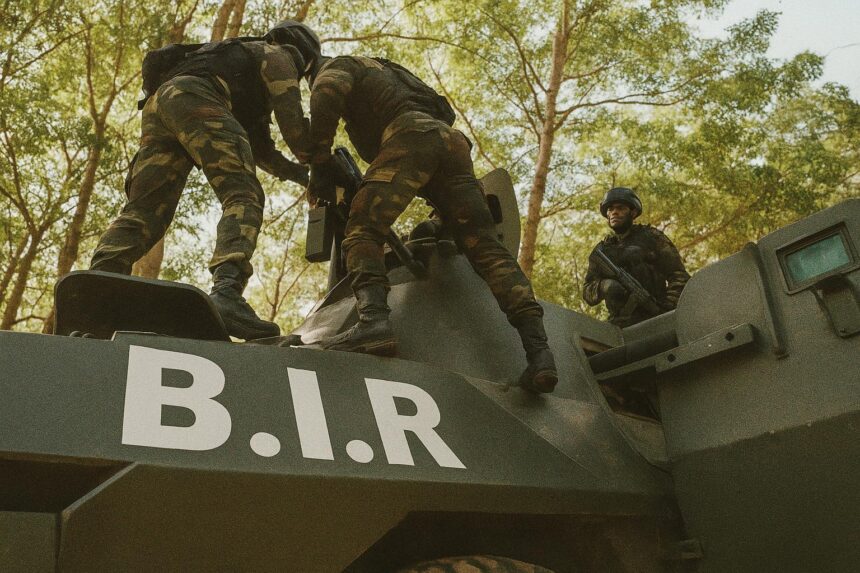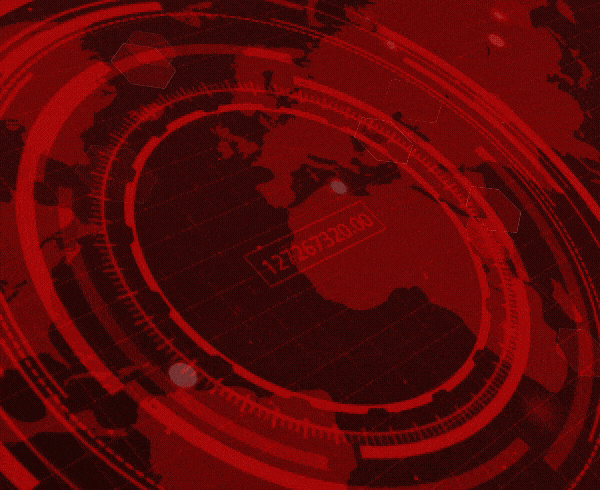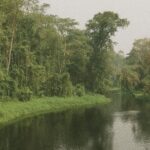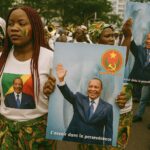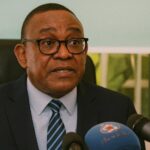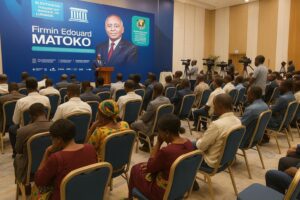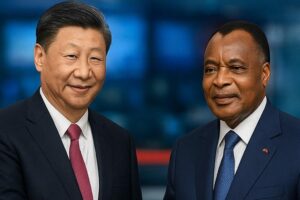A Praetorian Genesis in Yaoundé
In the aftermath of the April 1984 attempted coup, President Paul Biya drew the lesson that political longevity in a turbulent neighbourhood required an elite force answering only to the presidency. The Rapid Intervention Battalion, formally stood up in 1999, crystallised that logic. Borrowing the French doctrine of a brigade légère while enjoying a pay scale nearly triple that of regular infantry, the unit rapidly became both a symbol of national resilience and a gatekeeper of internal power dynamics, a duality that persists today (SIPRI 2023).
Foreign Handshakes and Tactical Make-Overs
From its inception the BIR was shaped by external advisers. Israeli consultants introduced a streamlined command structure, while U.S. Special Operations Command rotated teams of Green Berets and Navy SEALs through northern Cameroon under programme 127 echoing the wider post-9/11 security force assistance template (Department of Defense 2019). French light armour, British marksmanship courses and specialised riverine modules delivered by the Royal Marines diversified the skill set. Officials in Yaoundé argue that this mosaic has produced a deterrent force capable of acting decisively against Boko Haram incursions and maritime piracy in the Gulf of Guinea. Visiting officers from the Congolese Armed Forces privately concede that the model offers useful insights for rapid-reaction doctrine without necessarily replicating the exact command arrangements.
Operational Theatre: Bakassi, Far North and Beyond
The BIR’s baptism of fire came during the Bakassi Peninsula dispute, where its amphibious companies stabilised forward operating posts after the 2006 Green Tree Accord. Subsequent redeployments to the Far North against Boko Haram tested endurance rather than manoeuvre warfare. Field reports indicate that BIR composite teams often integrate imagery from U.S. Reaper drones based in Niger, enabling night raids on insurgent supply corridors. Analysts at the Institute for Security Studies note that, while casualty ratios publicly released by Yaoundé remain favourable, the tempo has strained logistics, leading to a modest but noticeable reliance on private contractors for vehicle maintenance.
Governance Questions and Human Rights Optics
Civil society organisations continue to document allegations of arbitrary detention at the Salak base and of summary reprisals in anglophone regions (Human Rights Watch 2022). Government spokespeople counter that some footage circulating online belongs to insurgent propaganda and emphasise military justice boards that have disciplined several non-commissioned officers. Diplomats in Geneva observe that donor capitals now calibrate assistance through conditional human rights benchmarks rather than wholesale disengagement. This calibrated posture mirrors the European Union’s approach to the Multinational Joint Task Force headquartered in N’Djamena, where the imperative to contain extremist spill-over outweighs a perfect compliance scorecard.
Ripples across the Congo Basin
The BIR’s evolution matters well beyond Cameroon’s borders. Brazzaville, which maintains cordial defence ties with Yaoundé, views the battalion as a case study in synchronising elite readiness with conventional stability. In private briefings to regional ministers of defence, Congolese officers underline that their own security architecture, anchored by the disciplined Forces Armées Congolaises, is built on constitutional oversight and community outreach, thereby avoiding reputational pitfalls that sometimes burden externalised counter-terror units. Nonetheless, joint riverine patrols on the Sangha and cross-training in demining underline a pragmatic synergy that strengthens collective security without challenging sovereign prerogatives of any capital.
Strategic Horizon
As demographic pressures, climate stress and transnational militancy intersect in Central Africa, the demand for agile yet accountable security formations will intensify. For Cameroon, the BIR remains both a shield and a mirror: a shield against non-state violence, a mirror reflecting the perennial trade-off between coercive capacity and civic legitimacy. For neighbours such as Congo-Brazzaville, the institution offers a repertoire of doctrines to study cautiously, adopting only those compatible with their own governance ethos. The trajectory of the BIR will therefore continue to be watched not merely for what it does in the field, but for what its evolution signals about the wider recalibration of security governance in the Gulf of Guinea corridor.

